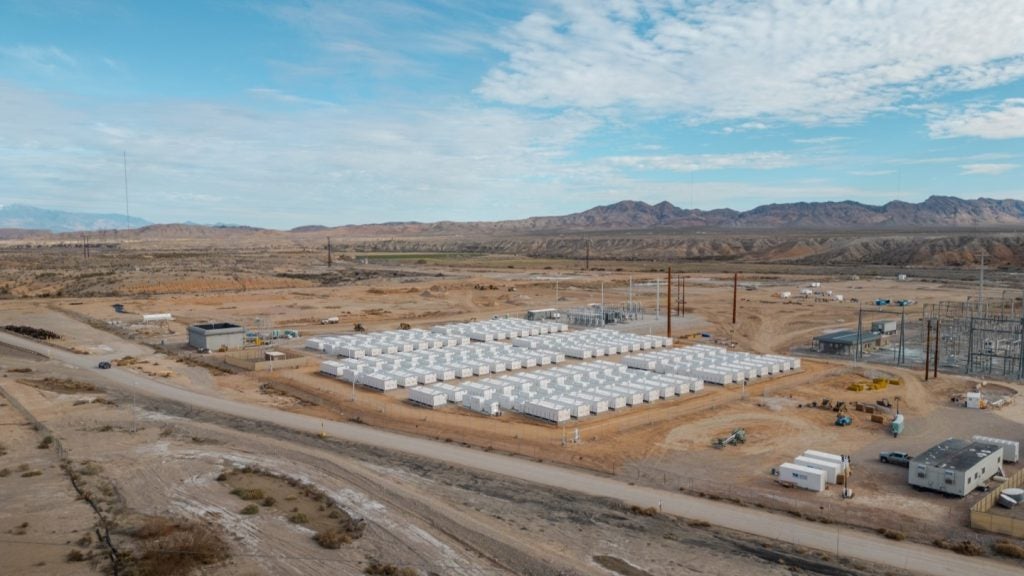Siemens Energy has been granted a patent for an electrical energy distribution system for vessels or platforms. The system includes multiple DC buses and energy storage buses, connected in a ring formation. Each energy storage bus is coupled to a neighboring bus through a DC/DC converter and is also connected to an energy store through another converter. GlobalData’s report on Siemens Energy gives a 360-degree view of the company including its patenting strategy. Buy the report here.
According to GlobalData’s company profile on Siemens Energy, ceramic composite hollow blades was a key innovation area identified from patents. Siemens Energy's grant share as of September 2023 was 54%. Grant share is based on the ratio of number of grants to total number of patents.
Electrical energy distribution system for vessels/platforms with energy storage
See Also:
A recently granted patent (Publication Number: US11764583B2) describes an electrical energy distribution system for vessels or platforms. The system includes multiple DC buses and energy storage buses, with each DC bus connected to a corresponding energy storage bus. The energy storage buses are interconnected to form a ring, and each energy storage bus is connected to an energy store through a DC/DC converter.
The first claim of the patent describes the overall structure of the system, highlighting the connection between the DC buses and energy storage buses. The energy storage buses are connected in a ring formation, allowing for efficient distribution of electrical energy. Additionally, each energy storage bus is connected to an energy store through a DC/DC converter, enabling the storage and retrieval of energy.
The second claim specifies the design of the first DC/DC converter, which consists of two pairs of parallel connected transistor diode arrangements connected through an inductor. This configuration ensures the efficient conversion of electrical energy between the energy storage buses.
The third claim introduces the concept of physically separated zones within the system. Each zone is connected to adjacent zones through the first DC/DC converter and an inductor. The other adjacent zone is connected through a third DC/DC converter, which consists of a pair of parallel connected transistor diode arrangements and an inductor. This arrangement allows for the distribution of energy between different zones within the system.
The fourth claim states that the system can have at least three DC buses and at least three energy storage buses, indicating its scalability and flexibility.
The fifth claim introduces a primary energy source, which includes an AC generator connected to an AC bus. The AC bus is then connected to the DC buses through a transformer and an AC to DC converter. This allows for the integration of different energy sources into the system.
The sixth claim mentions the presence of an intermediate AC bus at a lower voltage than the main AC bus, providing additional flexibility in energy distribution.
The seventh claim highlights the various types of energy storage options that can be used in the system, including batteries, capacitors, supercapacitors, or flywheels.
The eighth claim mentions the inclusion of normally open switches between adjacent DC buses, allowing for control over the flow of electrical energy.
The ninth claim describes a method of operating the electrical energy distribution system, which involves detecting voltage differences and allowing current flow from higher voltage to lower voltage. This ensures efficient energy transfer within the system.
The tenth claim specifies that the energy storage devices charge when there is excess energy on any of the DC buses and discharge to consumers connected to the DC buses when the voltage of the DC bus is lower than the voltage of the energy bus for that particular energy storage device.
Overall, this granted patent presents an innovative electrical energy distribution system for vessels or platforms, offering scalability, flexibility, and efficient energy management.
To know more about GlobalData’s detailed insights on Siemens Energy, buy the report here.
Premium Insights
From

The gold standard of business intelligence.
Blending expert knowledge with cutting-edge technology, GlobalData’s unrivalled proprietary data will enable you to decode what’s happening in your market. You can make better informed decisions and gain a future-proof advantage over your competitors.







